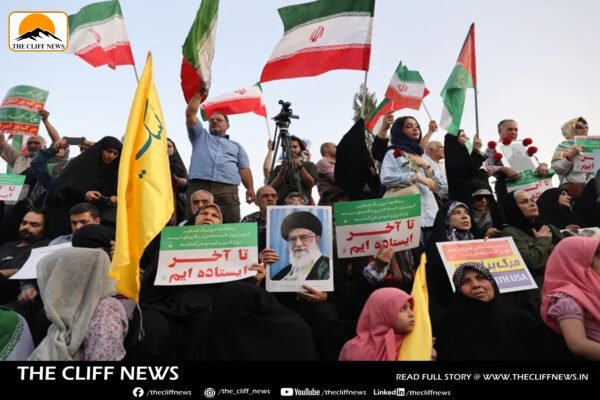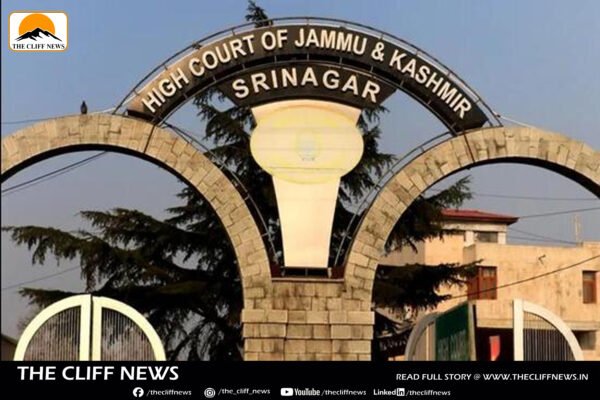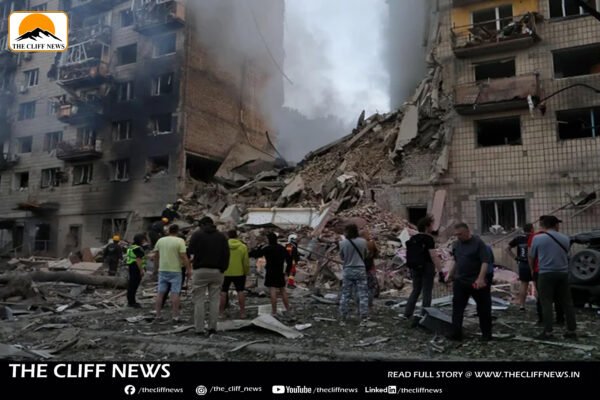Trump-Iran War of Words Escalates After Ceasefire Remarks; Araghchi Warns Against ‘Disrespect’ Towards Khamenei
Tensions between Iran and the United States escalated sharply on Saturday following a series of inflammatory exchanges between U.S. President Donald Trump and Iranian Foreign Minister Abbas Araghchi, just hours after the announcement of a potential ceasefire in Gaza. Araghchi Warns Trump to “Set Aside His Tone” Responding to Trump’s blistering remarks about Iran and its Supreme Leader, Ayatollah Ali Khamenei, Araghchi issued a stern warning on social media platform X: “If President Trump truly wishes to reach an agreement, he should set aside his disrespectful and unacceptable tone towards the Iranian Supreme Leader… and stop hurting his millions of sincere supporters.” Araghchi further accused the Israeli government of being forced to “run to Daddy” (referring to the U.S.) to escape Iranian missile retaliation, adding that Iran does not bow to “threats and insults” and values its sovereignty and independence. Trump Claims He “Saved” Khamenei From Death The diplomatic row escalated dramatically after Trump, in a post on Truth Social, claimed that he had personally prevented an Israeli-American strike that would have killed Khamenei. “I SAVED HIM FROM A VERY UGLY AND IGNOMINIOUS DEATH,” Trump wrote, alleging that he had stopped a final airstrike targeting Iran’s leadership and nuclear facilities, which he said had already been “obliterated”. Trump questioned Khamenei’s claim of “victory” in the conflict with Israel, accusing the Supreme Leader of lying and engaging in “exaggeration.” He branded Iran a “burned out, blown up country” with “no future, a decimated military, a horrible economy, and death all around.” Ceasefire and Fallout These statements came shortly after Khamenei made his first public remarks following the ceasefire understanding announced between Israel and Hamas, a deal brokered in part by the U.S. Khamenei declared that “the Islamic Republic won” and called the outcome “a severe slap to the face of America”, adding that Trump exaggerated the scale of events for self-glorification. Sanction Relief Talks Abandoned Trump also claimed in his post that he had been considering lifting certain U.S. sanctions against Iran to aid in its recovery, but that he abandoned those plans following Khamenei’s speech, which he said was filled with “anger, hatred, and disgust.” “I was working on the possible removal of sanctions… but I have dropped everything,” Trump said. He warned Iran that unless it rejoins the global order, the situation would deteriorate even further. A Diplomatic Standoff Deepens The aggressive rhetoric from both sides signals that while a temporary ceasefire may be in place on the battlefield, the war of words between Washington and Tehran is only intensifying. With Trump boasting about thwarting military actions and Iran openly mocking Israeli defenses and U.S. involvement, hopes for a broader diplomatic thaw now seem increasingly fragile. Analysts caution that unless both sides moderate their language and re-engage diplomatically, the region could be on the brink of renewed instability, despite the recent ceasefire.










